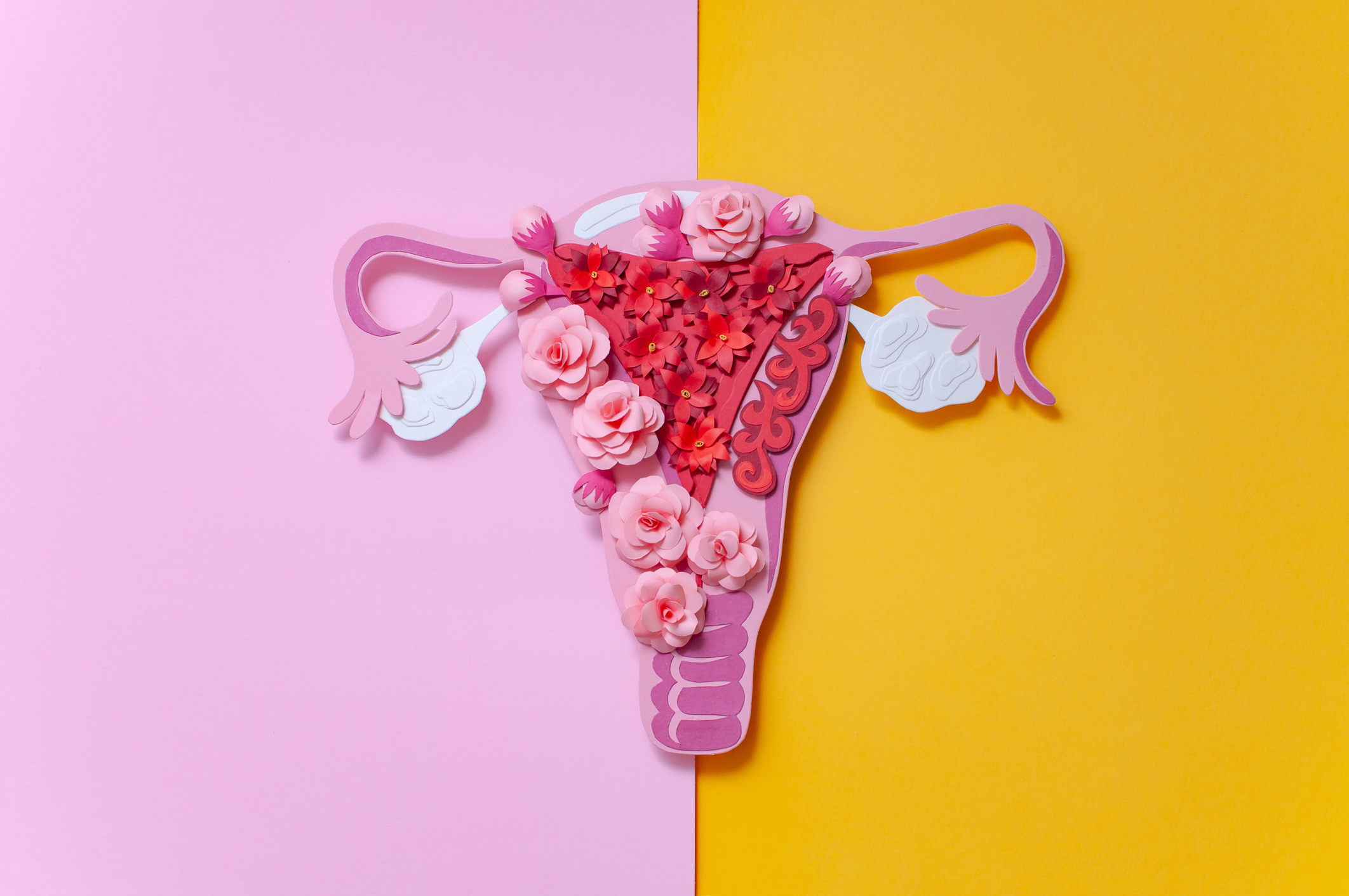For a study, researchers sought to examine the safety of hysteroscopic and laparoscopic surgical sterilization in real-world situations. They examined Medicaid claims for hysteroscopic and laparoscopic sterilization operations among women aged 18 to 50 in California from 2008 to 2014. They used log-linear (Poisson) event-history regression models for clustered person-period data, weighted for propensity to receive either sterilization procedures, and adjusted for sociodemographic and clinical characteristics that may affect outcomes of interest to patients and physicians, after excluding postpartum procedures. Procedure complications, subsequent surgical operations (e.g., hysterectomy), repeat sterilization procedures, pelvic discomfort, pelvic inflammatory disease (PID), abdominal pain, non-abdominal pain, and abnormal uterine bleeding were all evaluated.
They found 5,906 women who had had hysteroscopic sterilization and 23,965 women who had received laparoscopic sterilization. Women who had hysteroscopic sterilization were less likely than laparoscopic sterilization to have claims for procedural complications (eg, transfusion, P<.001) on the day of surgical sterilization and additional surgical procedures (eg, hysterectomy, P=.002 at day 2–3 months postprocedure) after adjusting for sociodemographic and health history. Claims for a repeat sterilization attempt were more prevalent following hysteroscopic sterilization after 1 year (adjusted incidence rate ratio 3.48, 95% CI 2.69–4.27) and within 5 years (adjusted incidence rate ratio 2.32, 95% CI 1.84–2.79) than after laparoscopic sterilization. After hysteroscopic sterilization, claims for pelvic pain (adjusted incidence rate ratio 0.77, 95% CI: 0.65–0.92 at 2 years), abdominal pain (adjusted incidence rate ratio 0.80, 95% CI 0.68–0.93 at 7–12 months), and PID (adjusted incidence rate ratio 0.55, 95% CI 0.33–0.93 at 2 years) were less common. Although abnormal uterine bleeding claims were more common after hysteroscopic sterilization than after laparoscopic sterilization up to 12 months after the procedure (adjusted incidence rate ratio 1.37, 95% CI 1.06–1.77 at 7–12 months), there were no significant differences between methods 1 year later.
In comparison to laparoscopic sterilization, hysteroscopic sterilization was associated with increased claims for repeated sterilization operations and abnormal uterine bleeding, but fewer procedural problems and fewer claims for pelvic or abdominal discomfort.
Reference:journals.lww.com/greenjournal/Abstract/2022/03000/Patient_Centered_Safety_Outcomes_After.10.aspx


